Maybe It’s a Tuber: Crosne
February 21, 2013 | Updated October 28, 2020
As an Amazon Associate I earn from qualifying purchases.
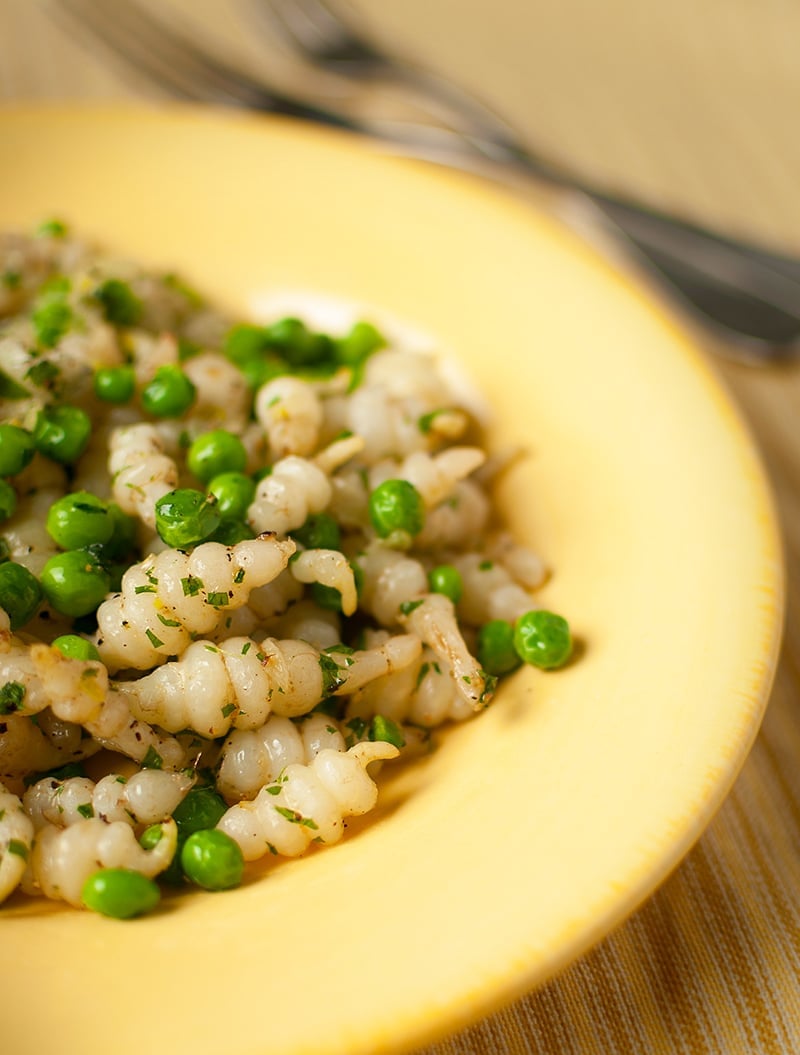
All my life I’ve zigged where others zag. This is especially true in the garden, where I grow bored of carrots and beets and other normal things.
Long-time readers of this site know this, and over the years I’ve occasionally written about the weird things I grow in my little garden. One of this year’s experiments was Stachys affinis, also known by the unappetizing name crosne — pronounced like the old woman — or the better-but-too-exotic Chinese artichoke.
More obscure but far cooler is the name artichoke betony.
I know, I know. They look like grubs. Or tiny Michelin men. Or splorks of vanilla ice cream. Or worse. But c’mon, they still look super cool, right? Who wouldn’t want to surprise someone with a plate full of these? As soon as I saw them, I was hooked. I planted them a year ago, and for the life of me I can’t remember where I bought the tubers.
You do want to plant them as soon as the ground warms, while the tubers are still dormant. Stuck them about 2 to 3 inches into rich soil in a place that gets good sunlight, but a little afternoon shade in hot climates (like mine).
I planted them where some American groundnut vines would shade them; more on that crazy plant later.
Warning 1: A crosne takes a long time to develop tubers, like all year. I did not harvest mine until November, about seven months after I planted them. Warning 2: If you want good tubers, you need to clip the plant, which looks like mint, to about 6 inches all year. Never let it flower. Warning 3: You will never get all the tubers out of your garden, so be prepared for a long-term visitor.
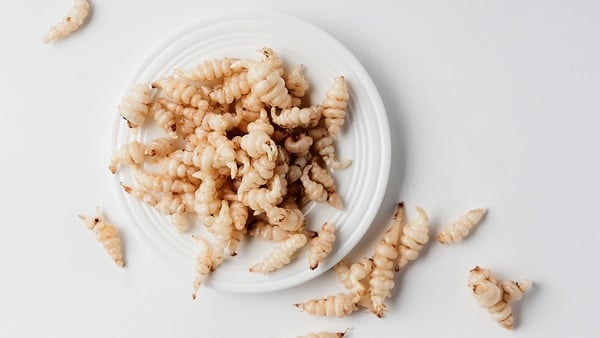
Why bother with them? Because they’re cool little curiosities. Cleaning them requires little more than a strong jet of cool water, and they are just as tasty raw or cooked. They are very close in flavor to water chestnuts, which is to say mild, crunchy and juicy.
Nutritionwise, they are low in everything — carbs, protein, sodium, fat — so you won’t be using them to survive long winters. Like I said, they are a neat accent that is easy to grow.
One of the best accounts of this odd veggie is in a book called Roots: The Definitive Compendium, written by a friend of mine named Diana Morgan. This book is a vast compendium of lore, information and recipes using tubers and roots as mundane as carrots and a bizarre as skirret and konjac. The one piece of information Morgan missed, however, was the keeping time for crosnes: Every source I see says they will only keep a week in the fridge.
Uh, wha? I harvested mine a month ago and they are all just fine, wrapped in a paper towel in a closed container. Hard to see where the week stricture came in.
Morgan’s best piece of info on the crosne is her parboiling trick. Basically she blanches the raw tubers in salty, boiling water for 2 minutes. They’re then shocked in an ice-water bath. This step cooks them just enough for stir-fries, pickles, quick sautes or salads. You don’t want to cook crosnes for a long time because they will get mushy and boring. Mashed crosnes is no taste treat.
Sauteed with peas, garlic, parsley and lemon, however, they make a fun side dish or a vegetarian meal. If you are looking for other inspirations, look to the French and Chinese: They are the largest consumers of this little tuber.
Crosnes and Peas
Ingredients
- 12 ounces of fresh crosnes, any brown spots trimmed off
- Salt
- 2 tablespoons duck fat or unsalted butter
- 3 garlic cloves, sliced thin
- 4 ounces of peas, fresh or thawed, about 1 cup
- 1 to 2 tablespoons chopped fresh parsley or chives
- 1 to 2 tablespoons lemon juice
- Black pepper to taste
- White truffle oil, for garnish (optional)
Instructions
- Bring a large pot of salty water to a boil and get a bowl of ice water handy. Boil the crosnes for 2 minutes, then move them to the ice water. Remove when cool and set aside.
- Heat the duck fat in a large saute pan over medium-high heat. When it's hot, add the crosnes and the garlic cloves and toss to coat in the fat. Sprinkle a little salt over everything and stir-fry for 1 to 2 minutes. Do not let the garlic burn. Add the peas, toss to coat and cook 1 more minute.
- Turn off the heat and toss in the parsley. Let this wilt for a minute or so, then drizzle over the lemon juice. Grind some black pepper over everything, garnish with the truffle oil and serve.
Notes
Nutrition information is automatically calculated, so should only be used as an approximation.
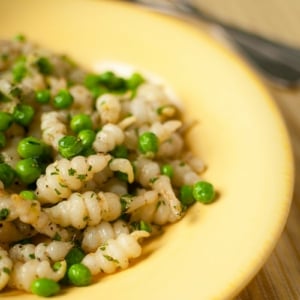
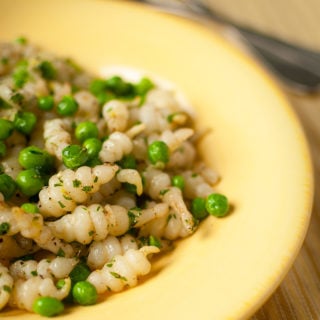
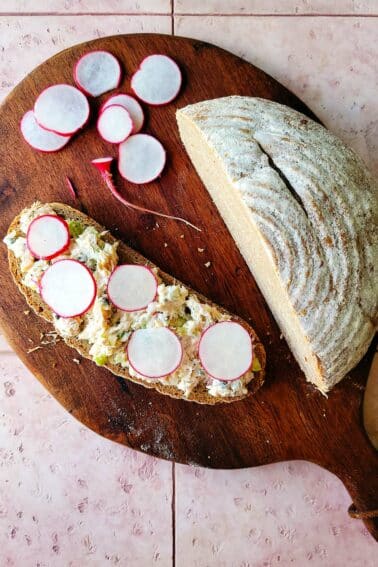
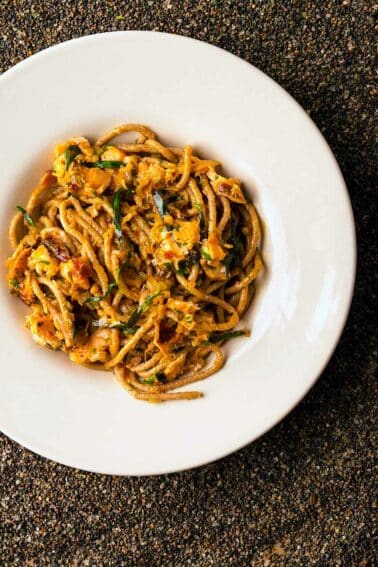

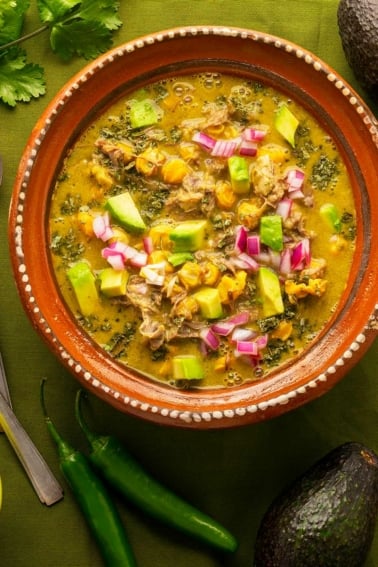
these are growing wild in my yard. I’ve been composting them with the rest of the yard trash. Now I find they are food? I feel reeeaally silly.
Hi Mburu, I haven’t seen seeds for sale but was able to purchase the tubers from Companionplants.com. I bought them a couple of weeks ago. The tubers have already sprouted for me and are growing well, so I’d recommend this company as a source.
Hello
I am interested in planting crosnes…..where can i buy seeds?
Thank you
I live in a town beside Savannah GA, and my yard is full of these things, I started a flower bed against my house, and I didn’t get an inch deep and was up to my elbows with them.
Those plants might be Florida Bettony, Stachys floridana. Rattlesnake Weed is another common name. I’ve eaten the tubers in salads and as a snack and I’ve just made a batch of pickles with them. I’ve not tasted Crosnes, Stachys affinis, but I’ve read that floridana is not as tasty. But they’re not bad, and it’s a nice bonus with pulling weeds.
Don: Mine are not, they are actual crosnes. But yes, Florida betony is a great, edible cousin!
I think florida betony (Stachys floridana) is just as tasty as crosnes. The major difference is sizes are less standardized in the florida betony. I have used them interchangeably.
I live in middle Georgia and have a small garden full of them too. Didn’t realize they were edible until my potbelly pigs fell in love with them.
I’d love to try them and possibly take some off your hands can you reach out if that’s possible this year?
Try Frog Song Organics. They are down the road from us in north central Florida.
Anyone know where I can purchase these in North Carolina?
I found them today at Santa Monica farmers’ market. I’m trying the recipe now!
Where can I purchase these
Hey! I had some questions about cultivation I hoped you could help with. This is my first year trying to grow crosnes. I bought a dozen off a prepper and planted them early spring in a big planter (no way I’m letting them take over my yard) with good fertilized Illinois black dirt. They seemed to grow pretty well and flourished through the year. I kept them cropped to about 6 inches but some of the more perseverant plants flowered even closer to the ground than that! I just cut off the flowers as I saw them. I just harvested today (late frost) and I did get a couple decent sized tubers (iterally, a couple), but most of them were runty. In the end, I only got 3.4oz of usable crosnes from a 2’x2’x2′ planter, all within the top five inches or so of soil. Is this normal? Is there something I did wrong? I had a lot of trouble finding any growing information on them. Or do think maybe they’ll do better next year, growing from tubers left in the planter without the stress of being shipped and planted and starting from only a dozen tubers? They’re a cool plant, but I don’t know that it’s worth bothering with these little guys if the yield per square foot is always going to be that low.
A source for Chinese Artichoke and other tubers is http://www.cultivariable.com/
I have a garden box dedi6to these and Jerusalem artichokes,they grow well together.
I live in south Korea and this plant is popular as a medicinal food. It is commonly pickled or made into a tea. A neighbor gave me some and going to try planting some.
One Green World has them for sale. I’m considering trying them out in my garden but haven’t decided yet. Probably will eventually.
My mom and I toured the Eifel Tower as part of a large group once and we were supposed to lunch in the Eifel Tower restaurant. As the only vegetarian in the group, the chef had to figure out what to do for me last minute. I thought I’d be stuck with French fries. They ended up bringing me the most beautiful, colorful, interesting plate of sautéed vegies including these which I had never seen before. I Googled and found out here what they are and how I can perhaps grow them myself. Thanks so much!
I found these in my yard while digging a new garden site 2 years ago. I didn’t know what they were. I thought they were some type of cocoon. I left them on the driveway and nothing happened. No one here in SC seemed to know what they were. Now that I know what they are I will take better care of them and definitely try them. I happened to see them in the October 2015 Fine Gardening magazine. Thanks a bunch!